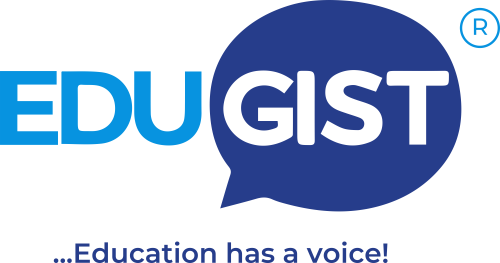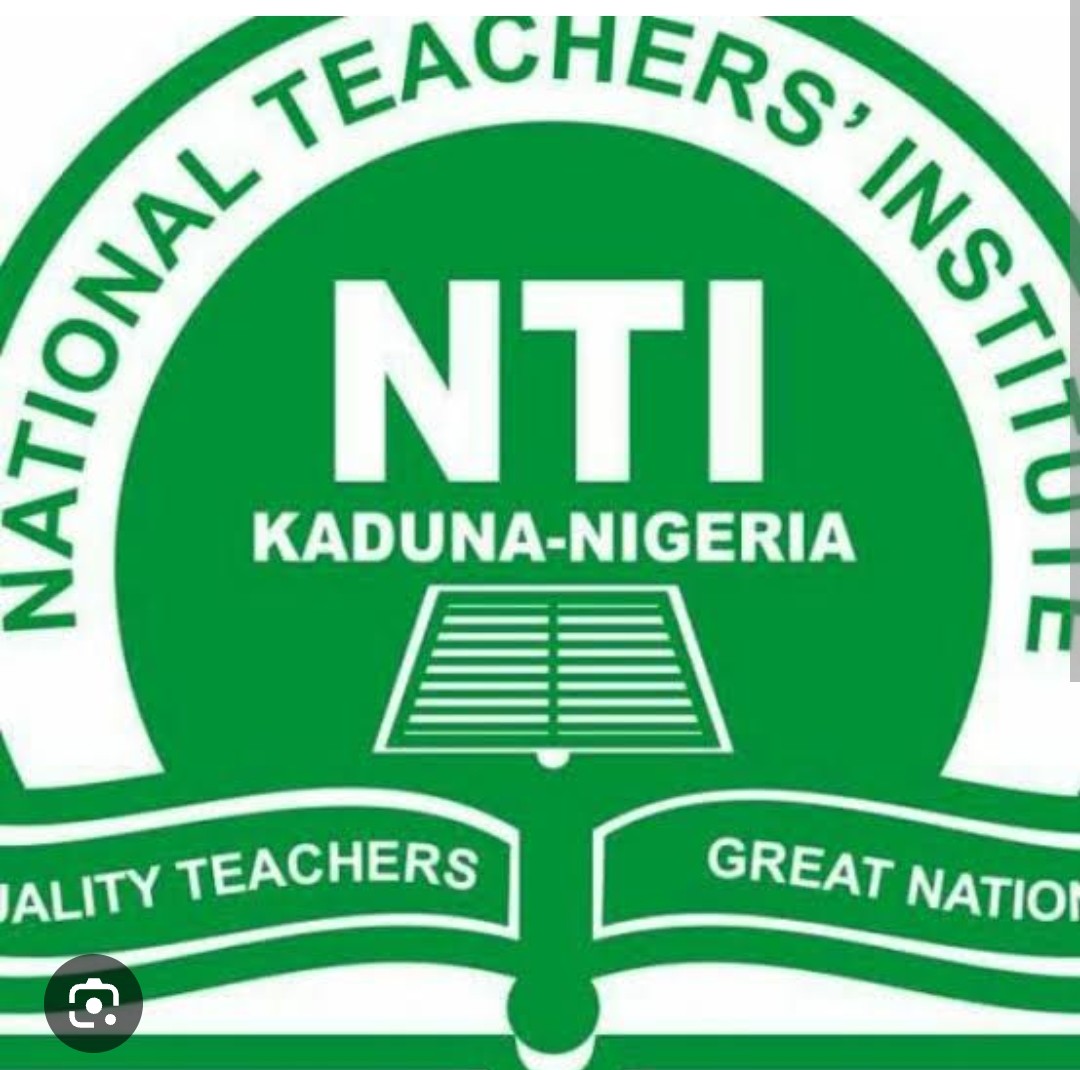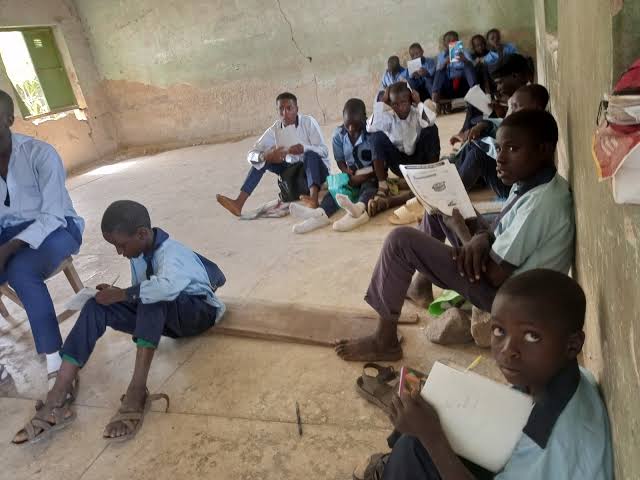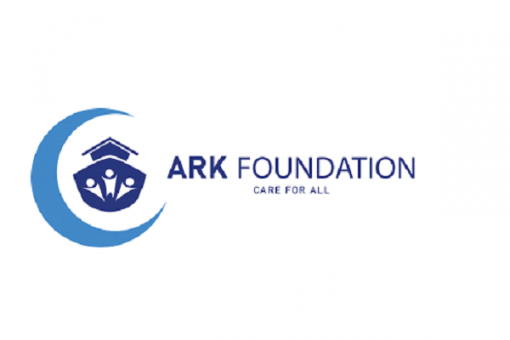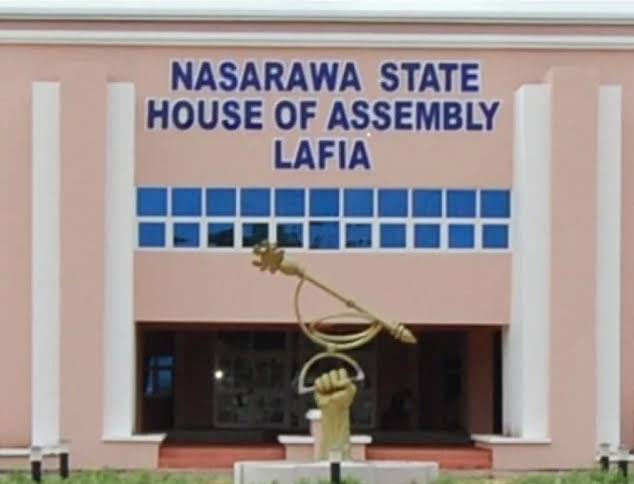Education is a must for the development and growth of any country, and Nigeria is not exempted. Education in Nigeria has, however, been a grave concern over the years. Despite being the largest economy in Africa and also having the continent’s most populous nation, Nigeria has one of lowest literacy levels at 59 percent.
According to National Assembly (2020), the Nigerian education system is collapsing as 65% of its teachers lack the required qualifications, while 90% of schools have poor infrastructure. The country’s education budget only constitutes 12.5% of total budget, which is far below UNESCO’s recommended rate of 26%.
The quality of training received by teachers remains an important factor because it determines educational standards in Nigeria. Nevertheless, Nigeria has many teachers who do not have useful knowledge to enable them to teach effectively in schools. A study by the UNESCO Institute for Statistics showed that just 42% of instructors in Nigeria have been properly trained.
Furthermore, many teachers in Nigeria are not adequately equipped to teach modern subjects such as technology and computer science, and as we all know that Computer is highly essential for effective teaching. This lack of training is reflected in the poor performance of Nigerian students in international assessments.
Still standing in the way of Nigerian education are teacher quality concerns. Many teachers do not have the necessary qualifications or training. Moreover, there is a shortage of teachers, particularly in rural areas where many schools have little or no qualified teachers (UNESCO, 2021). As a result of this situation, Nigeria needs 277,537 more teachers to meet the minimum requirement for teacher-pupil ratio.
Poor funding is another significant challenge facing education in Nigeria. The country’s education budget is consistently below the recommended 26% of the total budget by the United Nations Educational, Scientific and Cultural Organization (UNESCO). In 2020, the education budget was only 12.5% of the total budget (National Assembly, 2020).
There is poor infrastructure in Nigeria’s education system, as many schools lack basic facilities such as classrooms, desks and chairs. Consequently, some classrooms have up to one hundred students per teacher (Oyebade, 2020). Furthermore, many schools lack fundamental amenities like electricity and water supply, which makes it difficult for them to offer quality education.
The country has also been blamed for having an outdated curriculum that does not meet her needs. This mismatch between what scholars gained from their learning and what industries require results in high levels of unemployment among Nigerian graduates.
The lack of funding has resulted in inadequate infrastructure, outdated textbooks, and insufficient educational resources. Many schools in Nigeria lack basic amenities such as electricity, water, and sanitation.
Nigeria’s education system is poorly trained and inadequately funded, resulting in far-reaching implications. Consequently, many students don’t have access to a quality education, making the country suffer from a significant skills gap. According to the World Bank (2020), Nigeria has one of Africa’s highest youth unemployment rates, with over 40% of its young population jobless.
Furthermore, Nigeria’s poor education system has caused a massive brain drain, and numerous Nigerian students are opting for foreign education.
For any nation to develop well, it must prioritise educating its people, and the case is not any different with Nigeria.
However, this sector in Nigeria faces diverse challenges, such as bad training and a lack of funding. For these challenges to be addressed effectively, the Nigerian government should focus more on education by investing more in teachers’ training programmes as well as establishing better educational environments through infrastructure development and the provision of learning materials.
